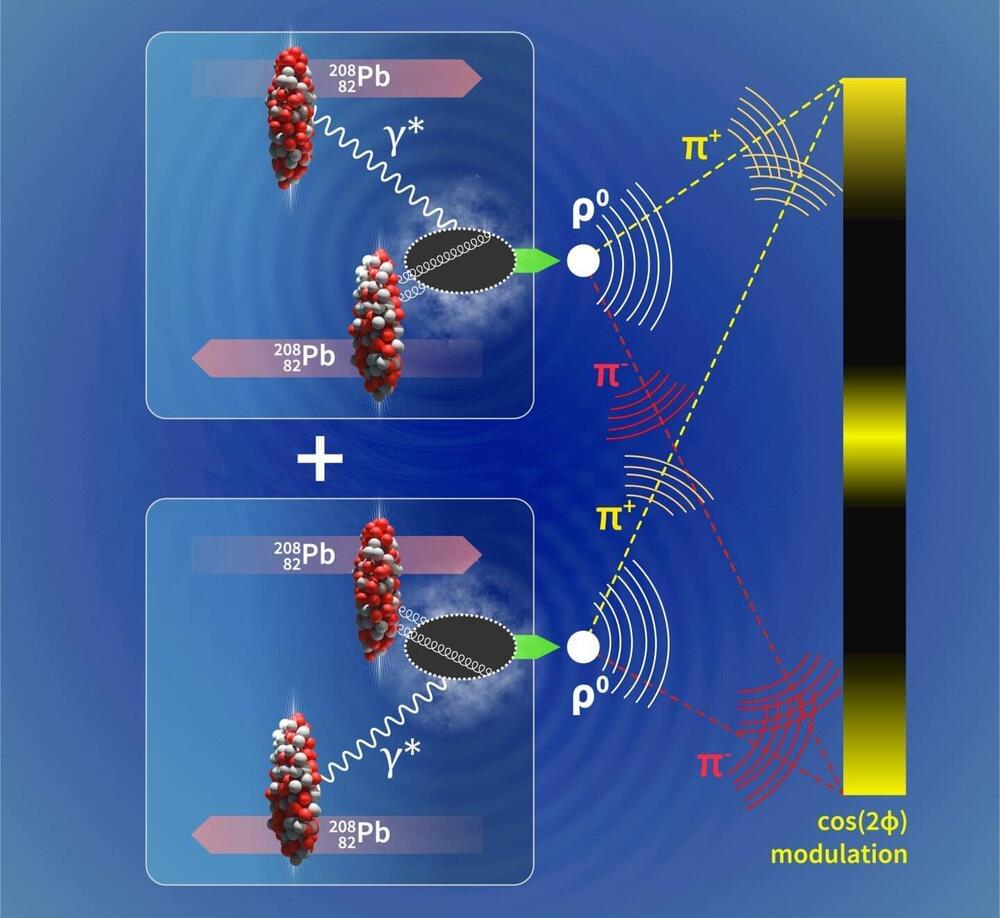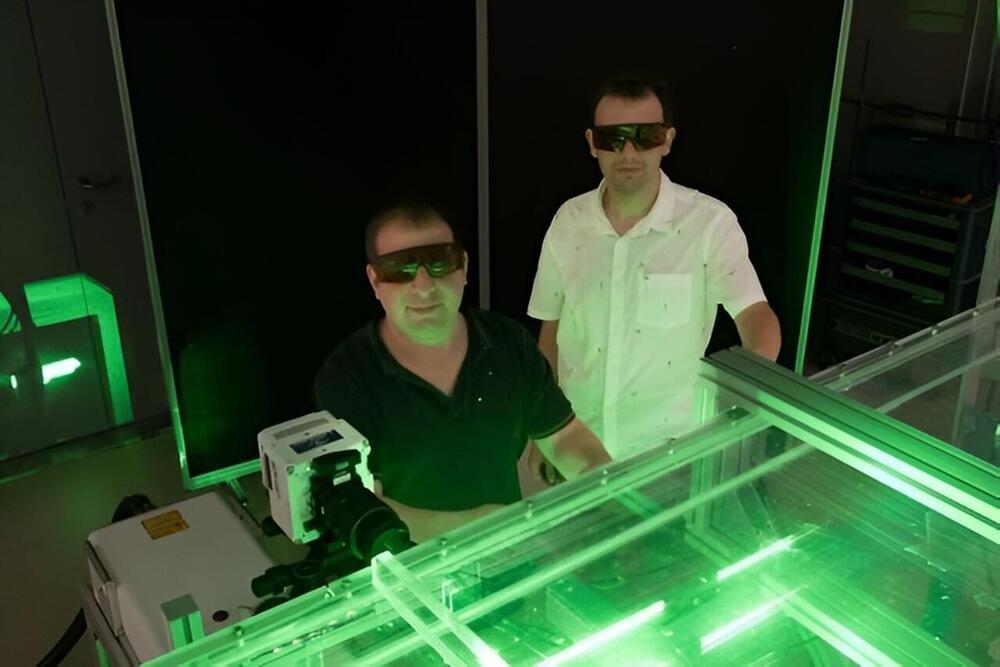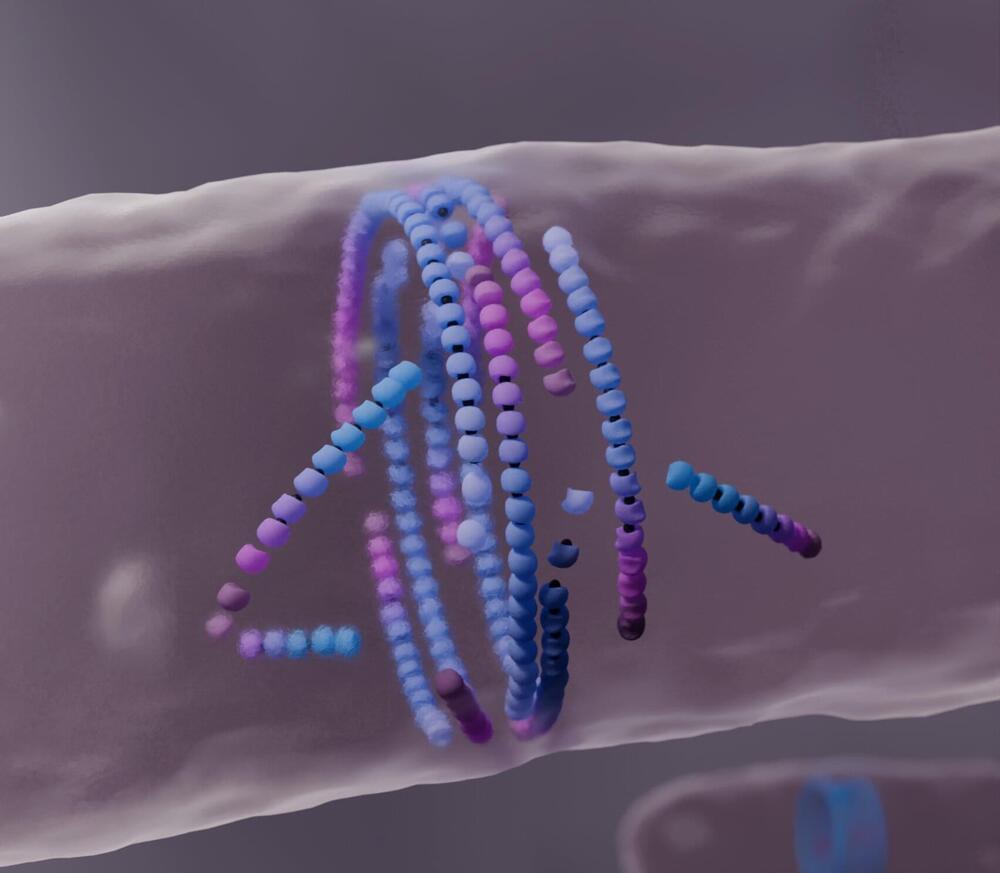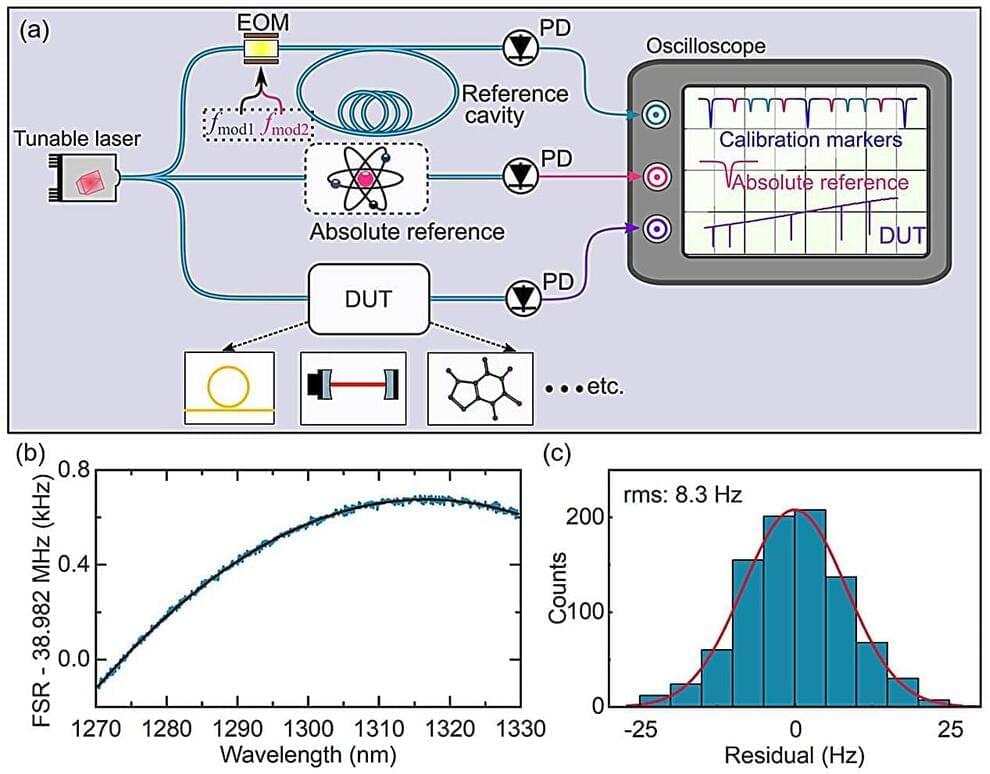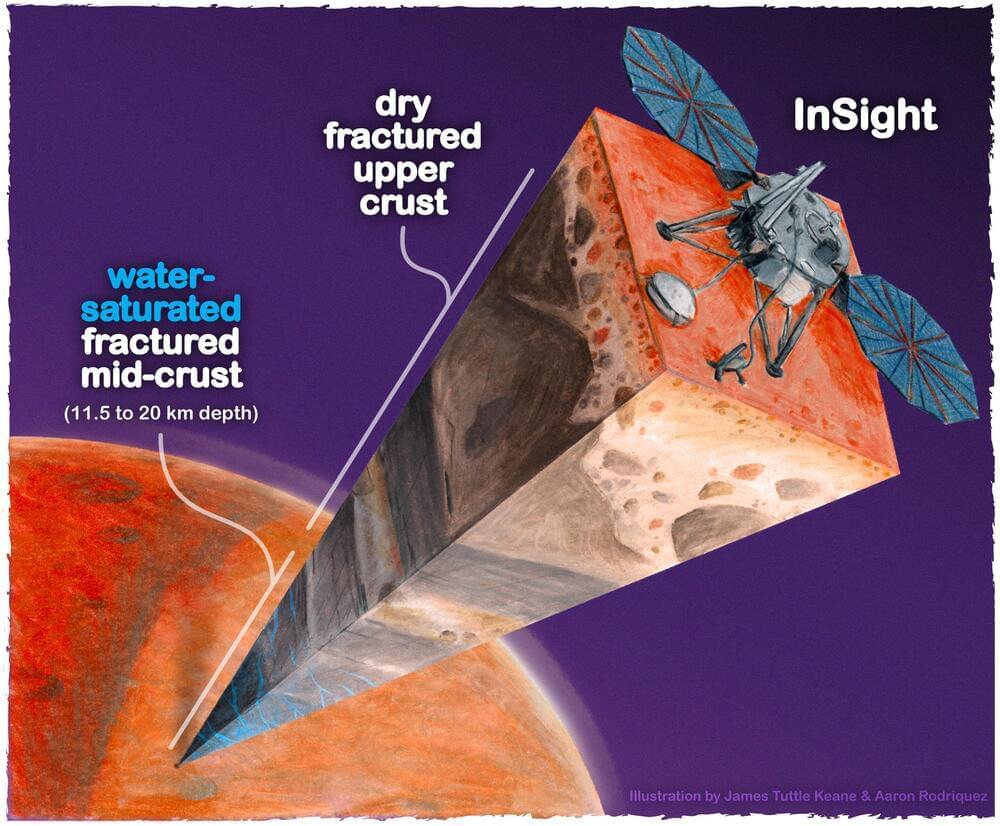Aug 13, 2024
ALICE measures interference pattern akin to the double-slit experiment
Posted by Saúl Morales Rodriguéz in categories: particle physics, quantum physics
In the famous double-slit experiment, an interference pattern consisting of dark and bright bands emerges when a beam of light hits two narrow slits. The same effect has also been seen with particles such as electrons and protons, demonstrating the wave nature of propagating particles in quantum mechanics.
